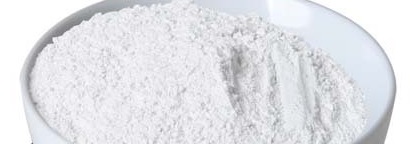
Last Updated on April 27, 2023 by Edible Alchemy Foods
Have you ever wondered if you can substitute cornstarch for rice flour? Well, wonder no more! In this blog post, we’ll explore whether or not you can make this substitution and what the results might be.
If you’re like me, you probably have a few staple ingredients that you always keep on hand in your pantry. One of those ingredients for me is rice flour. I use it all the time in baking and cooking, and it always comes in handy. But what happens if you’re out of rice flour and you need to use it for a recipe?
Let’s get started
Can you substitute cornstarch for rice flour?
The answer is yes, you can substitute cornstarch for rice flour in most recipes. However, there are a few things you should keep in mind when making the substitution.
First of all, cornstarch is much finer than rice flour, so you’ll need to use less of it. I would start by using about half as much cornstarch as you would rice flour.
Another thing to keep in mind is that cornstarch is more absorbent than rice flour. This means that it will soak up more liquid from your recipe.
So, if you’re using it in a recipe that calls for liquid, you may need to add a bit more liquid to the recipe.
Finally, cornstarch doesn’t have the same gluten as rice flour, so it won’t produce the same results in baked goods.
If you’re using it in a recipe that calls for a lot of gluten (like bread), you may want to add a bit of vital wheat gluten to the recipe to help compensate for the lack of gluten in the cornstarch.
Overall, cornstarch is a great substitute for rice flour in most recipes. Just keep in mind the few things I mentioned above, and you’ll be able to use cornstarch in place of rice flour with great results.
- Sourdough Vs. Peasant Bread
- Can You Thicken Sauce With Almond Flour?
- Difference Between 00 Flour And Semolina Flour
- Can You Substitute Almond Flour For Oat Flour
How much cornstarch do I substitute for rice flour?
When it comes to gluten-free baking, one of the most common questions is “how much cornstarch do I substitute for rice flour?” The answer, unfortunately, is not as simple as a one-to-one ratio.
Rice flour replaces cornstarch in a 3:1 ratio.
However, it’s always best to start with less cornstarch and add more as needed. If you find that your dough is too moist and sticky, you can add more cornstarch a little bit at a time until it reaches the desired consistency. Keep in mind that cornstarch is also a great thickener for sauces and soups, so it can be used in place of flour in many recipes.









